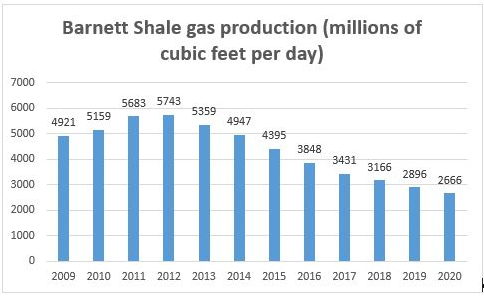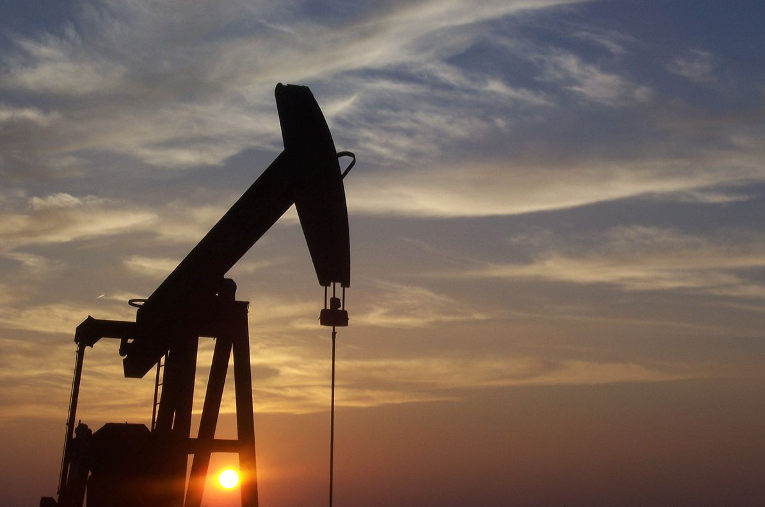The cover of the September/October 2020 issue of Sierra magazine states “The End of Oil is Near”. The corresponding story “The End of Oil?” was paralleled with a recent segment on Democracy Now. I think that is wishful thinking. To the extent that oil demand goes down in the future, it will go down because people can’t afford oil distillates at the price producers need to produce the corresponding oil.
The “The End of Oil?” article describes weak oil demand in recent years although it should be stated that global oil consumption increased over 5 million barrels/day from 2015 to 2019. A major factor for weak oil demand growth in recent years is the increasing level of inequality in the U.S. and world. There is an increasing population that can’t afford to buy oil distillates, or the devices that use them. Oil distillates offer the ability to avoid manual physical effort which people tend to select when they can afford to.
“The End of Oil?” article emphasized the increase in global oil production in recent years. Most of that production increase was associated with unconventional oil resources such as shale oil in the U.S. and oil sands in Canada. The problem with those unconventional oil resources is that they are considerably more expensive to produce compared to conventional oil. Conventional oil production is declining over much of the globe which has forced oil companies to move to unconventional resources.
The author describes oil majors, like ExxonMobil and Chevron, as getting into the shale oil business in recent years. That is not a wise business decision but due to the lack of new conventional resources to exploit.
The U.S. oil production increase over the last 15 years was achieved with huge financial losses for the oil industry. The author states that the breakeven price for shale oil is around $50/barrel but for much of the last decade, the price of oil was above $50/barrel and the industry was consistently losing money. The situation can only get worse when the industry has to rely on marginal drilling acreage in the future.
Most oil from shale basins comes from sweet spots and the industry has drilled those sweet spots up at a frantic rate during the last 15 years. As an example, in the Bakken region of North Dakota, 4 counties, out of 16 in the Bakken region, account for ~90% of the oil production. That is because wells in those counties frequently start production at over 1000 b/d while outside of those 4 counties, production generally starts at less than 100 b/d. Fracked wells typically decline 70-90% by the end of the third year of production so new wells have to be drilled rapidly to maintain or increase production.
Bakken, Permian Basin and Eagle-Ford, the three main shale oil producing basins in the U.S., have largely been saturated with oil wells in the sweet spots. The Barnett Shale region of Texas (gas) shows what happens when a shale region is saturated with wells (see Figure 1).
Figure 1

*2020 production data is through May
Production in the Barnett shale region peaked in 2012 and has declined over 50% since then.
There are substantial problems in the Permian Basin, the most productive shale oil basin by far in the U.S. According to Mark Papa, former CEO of EOG (formerly Enron Oil & Gas),
“There are good geological spots in shale plays and weaker geological spots, and a lot of the good geological spots have already been drilled [including in the Permian Basin],”
He further stated that by 2020, the best acreage in the Permian Basin will have been mostly drilled which will be followed by a sizeable drop in production.
Bill Thomas, current CEO of EOG, has stated that in the Permian Basin, the really good rock is less extensive than industry cheerleaders are saying.
The “The End of Oil?” article states that Energy Intelligence analysts suggest that the U.S. could produce 10 mb/d out to 2040. I am highly skeptical of that. There is a strong tendency of some analysts, particularly those in government and industry, to greatly exaggerate future production.
Much of U.S. oil production is now due to shale development which I see as dropping significantly in the future due to the two issues cited above. Will investors willingly throw away money on the fracking industry in the future as they have in the past? How long can oil companies lose huge amounts of money? How long can the government subsidize an industry that suffers such huge financial loses?
“The End of Oil?” article suggests that renewable energy resources will provide the alternative to oil.
The results of the Energiewende program in Germany, started in the late 1990s, should put a knife through the heart of the belief that renewable energy sources are going to replace oil, and other fossil fuels, and solve the climate disruption problem. I’ve seen estimates as high as 500 billion euros (~$540 billion) for the cumulative cost of the program. Roughly 30,000 windmills and a high percentage of the world’s solar cells have been installed in Germany over the last few decades.
For all of that, there has been at best a minor decrease in per capita CO2 emissions over the last few decades (See Figure 2). Germany has one of the highest per capita CO2 emission rates in Europe, and the world, and the rate isn’t going down in a meaningful way.
Figure 2

Table I contains the per capita CO2 decline rate per year for Germany during a period before Energiewende started and two periods after Energiewende started:
| Period | Per Capita CO2 Decline/Year (%) |
| 1985-1995 | 1.94 |
| 2000-2010 | 0.56 |
| 2010-2018 | 1.16 |
Table I
It could well be that Germany’s per-capita CO2 emissions decline since the start of Energiewende has been in spite of, not because of, the effort at replacing fossil fuels with renewables during the program period.
Much of oil production goes toward the transportation sector. “The End of Oil?” article didn’t mention it but the main idea for replacing oil distillate powered vehicles is the use of electric vehicles.
There are several problems with that idea. First, the energy density of electric vehicle batteries is quite dramatically less than the energy density of oil distillates. That provides major advantages to oil distillate powered vehicles which means many people will not be interested in buying electric vehicles.
Second, over the full life cycle of electric vehicles (from resource extraction to make a vehicle to the end of the vehicle’s life), they consume significant amounts of fossil fuel energy and generate significant quantities of CO2.
A major factor in that regard is the fossil fuel energy used to acquire resources like lithium (for lithium ion batteries), the refining of those resources and the ultimate manufacture of electric vehicles. Several studies have shown that producing an electric vehicle generates considerably more CO2 than a corresponding oil distillate powered vehicle and that CO2 emissions from resource extraction to manufacture is a significant portion of total CO2 emissions from vehicles. If the vehicles are charged using electricity generated from fossil fuels, that just adds to the overall CO2 emissions.
I don’t see electric vehicles as a sound environmental choice for transportation. If environmentalists want a good environmental choice, they should bicycle, walk or use public transportation.
It’s appealing to think that oil and other fossil fuels will soon fall by the wayside and be replaced by renewable energy sources but I expect that oil will continue to be used to the extent that people can afford to buy oil distillates.
Teaser photo credit: Pumpjack located south of Midland, Texas Author: Eric Kounce TexasRaiser. Source: https://commons.wikimedia.org/wiki/File:West_Texas_Pumpjack.JPG





